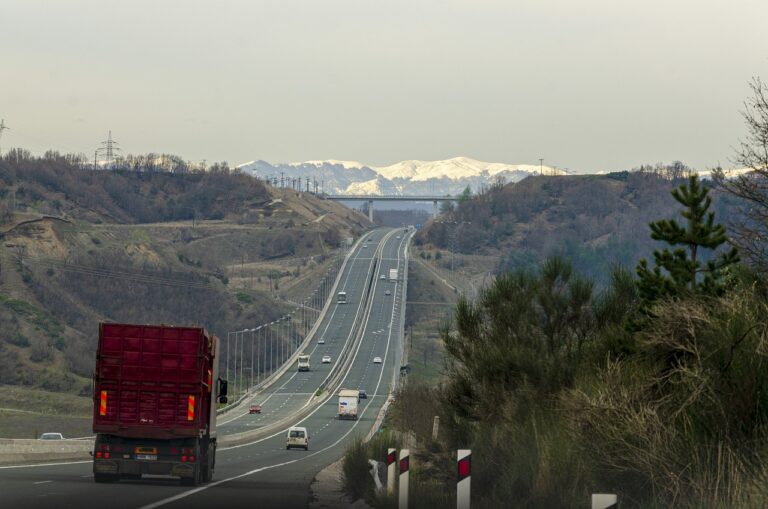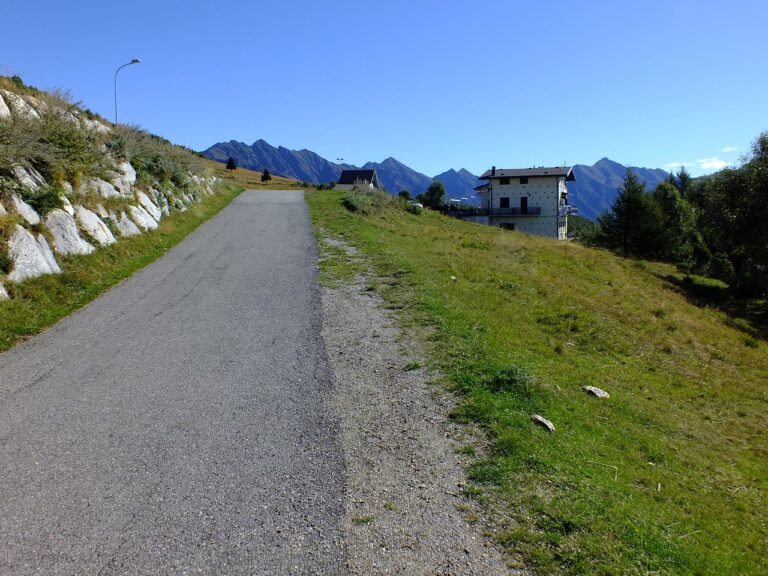Ride-Hailing and the Impact on Reducing Urban Sprawl Through Transit-Oriented Development: Allpaanel, Laser247 com app login, Yolo 247 com login
allpaanel, laser247 com app login, yolo 247 com login: Ride-hailing services like Uber and Lyft have revolutionized the way we think about transportation in urban areas. With the rise of these convenient and affordable options, there has been a significant impact on reducing urban sprawl through Transit-Oriented Development (TOD).
What is Transit-Oriented Development (TOD)?
Transit-Oriented Development is a planning strategy that promotes mixed-use development around public transportation hubs. By creating walkable, bikeable, and transit-friendly communities, TOD aims to reduce reliance on cars and encourage sustainable urban growth.
The Role of Ride-Hailing in TOD
Ride-hailing services play a crucial role in promoting TOD by providing first and last-mile connectivity to public transportation. By bridging the gap between home and transit stations, ride-hailing services make it easier for people to choose public transportation over driving. This not only reduces traffic congestion but also encourages the development of compact and walkable neighborhoods.
Reducing the Need for Parking Spaces
One of the key benefits of ride-hailing services in TOD is the reduction in the need for parking spaces. As more people choose to take ride-hailing services to and from transit stations, the demand for parking decreases. This allows for more efficient land use and promotes denser, more sustainable development.
Improving Access to Jobs and Services
Ride-hailing services also improve access to jobs and services in urban areas. By providing on-demand transportation, ride-hailing makes it easier for people to access employment centers, healthcare facilities, and shopping areas without the need for a car. This increased accessibility promotes economic growth and enhances the overall quality of life in urban communities.
Encouraging Multimodal Transportation
Another important aspect of ride-hailing services in TOD is their role in encouraging multimodal transportation. By seamlessly integrating with public transit systems, ride-hailing services make it easier for people to switch between different modes of transportation. This flexibility not only reduces the reliance on cars but also promotes a more sustainable and efficient transportation system.
Addressing Equity and Accessibility
Ride-hailing services have the potential to address equity and accessibility issues in urban areas. By providing affordable and convenient transportation options, ride-hailing services can help bridge the gap between underserved communities and essential services. This can lead to more inclusive and equitable urban development that benefits everyone.
FAQs:
Q: How do ride-hailing services impact traffic congestion?
A: Ride-hailing services can reduce traffic congestion by encouraging people to choose public transportation or shared rides over driving alone.
Q: Are ride-hailing services environmentally friendly?
A: While ride-hailing services can help reduce greenhouse gas emissions by promoting shared rides and public transportation, they still contribute to traffic congestion and air pollution.
Q: What are some challenges of integrating ride-hailing services into TOD?
A: Challenges include balancing the demand for curbside space, ensuring equitable access to ride-hailing services, and addressing concerns about labor practices within the industry.
In conclusion, ride-hailing services have had a significant impact on reducing urban sprawl through Transit-Oriented Development. By providing convenient and efficient transportation options, ride-hailing services are helping to create more sustainable, livable, and vibrant urban communities.







